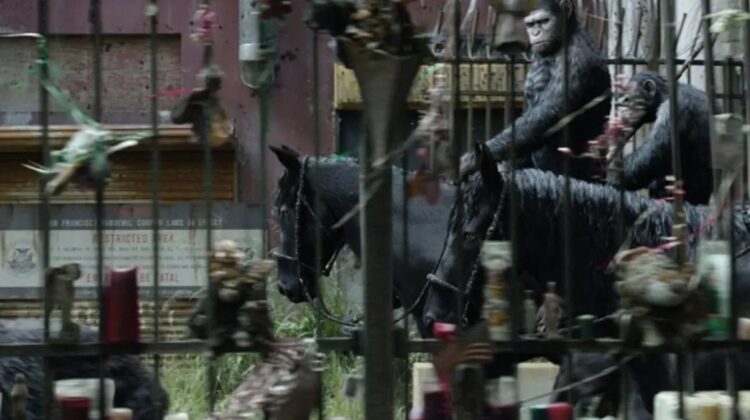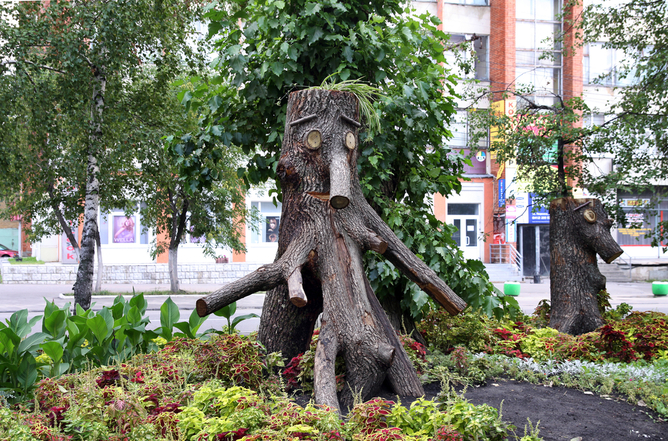
What would happen to life if humans left the scene in a post-apocalyptic future? After all, humans are quite likely to go extinct long before the sun swells into a red giant and exterminates all life on Earth.
Assuming that we do not eliminate all other life as we disappear (an improbable achievement given our special proclivity for causing extinction), history tells us that when humans are no longer the dominant animal species on the earth, we can expect some rather significant changes.
So, if we were given the opportunity to see forward in time to the Earth 50 million years after our departure, what would we discover? Which animal or species would “take over” as the dominant species? Would there be a Planet of the Apes, as popular fiction has it? Or will dolphins, rats, water bears, cockroaches, pigs, or ants come to govern the Earth?
Many writers have presented lists of possible species in response to the topic, which has sparked a lot of popular conjecture. However, before making any assumptions, we must define what we mean by a dominating species.
Let’s Keep It In The Animal Kingdom
One may say that this is the age of blossoming plants. When most people think about the future, they don’t picture Audrey Two from Little Shop of Horrors (even the fictional triffids had characteristically animal features – predatory behaviour and the ability to move).

So let us limit our debate to animals. This is for practical rather than philosophical reasons: bacteria today and have always dominated the Earth, notwithstanding the nominal end of the “age of microbes” some 1.2 billion years ago. This occurred not because bacteria stopped to exist or diminished in predominance, but rather because our myopia causes us to lay greater emphasis on the enormous multicellular creatures that followed.
According to some estimates, four out of every five creatures are nematodes (roundworms), demonstrating that neither prevalence, quantity, nor variety are essential for becoming a “dominant” form of life. Instead, huge and fascinating organisms captivate our minds.
The Meek Shall Inherit the Earth

The human designation of dominant species contains unmistakable narcissism, with a strong predisposition to bestow the label on close kin. The Planet of the Apes imagines that if we give our closest primate ancestors enough time and space, they would acquire speech and adopt our technologies.
However, non-human primate tribes are unlikely to inherit our domination of the globe since apes are going to extinction before us. We are already the only living hominid whose conservation status is not endangered or severely endangered, and the type of global disaster that would eliminate our species is unlikely to spare the other great apes’ vulnerable residual numbers. In fact, any extinction event that involves humans would most likely endanger creatures that share our fundamental physiological needs.
Even if humans succumb to a worldwide pandemic that affects just a small number of other mammals, the great apes are the species most at danger of getting any new diseases that drive us off the planet.
Will a more distant cousin (primate, mammal, or whatever) develop intellect and a civilization similar to humans? That, too, is implausible. Humans are the only species with outstanding intelligence and physical dexterity among all the species that were arguably dominating animals at some point in Earth’s history. As a result, such features are neither required for dominance among animals nor particularly likely to develop. Intelligence is favored by evolution only if it leads to increased survival and reproductive success. As a result, it is a grave error to believe that our descendants would be particularly intellectual or sociable beings, or that they will be able to speak or use human technology.
So, 50 million years after humans, what can we confidently predict about the dominating species? The answer is both dissatisfying and exciting: although we can be relatively certain that it will not be a talking chimp, we have no clue what it will look like.
Throughout history, there have been several major extinction catastrophes. Following each occurrence, life diversified quite quickly, and “adaptive radiation” of new species generated new forms, many of which were unlike the parent lineages that birthed them after surviving the previous extinction. The little shrew-like animals that scurried beneath dinosaurs’ feet in the late Cretaceous period looked nothing like the cave bears, mastodons, and whales that evolved from them during the age of mammals. Similarly, the reptiles that survived the late Permian extinction, which killed off 90% of marine and 70% of terrestrial species 250 million years ago, did not clearly foretell the pterosaurs, dinosaurs, mammals, and birds that evolved from them.
The late Stephen J. Gould suggested in Wonderful Life: the Burgess Shale and the Nature of History that chance, or contingency, had a significant influence during the main changes of animal life. There is space for debate concerning the relative role of contingency in the history of life, which is still a contentious topic today. However, Gould’s observation that we can’t predict the success of current lineages beyond extinction is a sobering reminder of the complexities of evolutionary transitions.
So, while it is feasible that ants may take over the Earth from humans, we can only hypothesize on what their dominant ant offspring would look like.

Leave a Reply